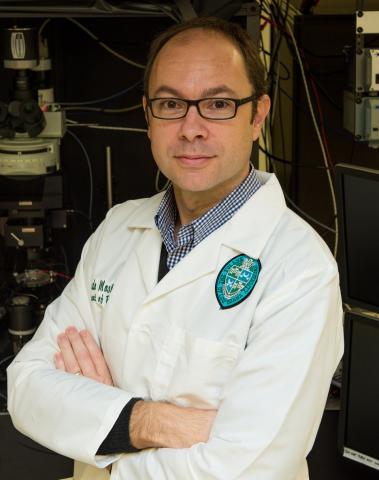Ricardo Mostany, PhD
Professor

Areas of Expertise
Biography
Academic Training
- BS in Biological Sciences: Universidad de León, León, Spain (1996)
- PhD in Neurobiology: Universidad de León, León, Spain (2001)
- Postdoctoral Research: Laboratory of Dr. Angel Pazos, Universidad de Cantabria, Cantabria, Spain (2002-2006)
- Postdoctoral Research: Laboratory of Dr. Carlos Portera-Cailliau, University of California Los Angeles, Los Angeles, CA (2006-2012)
Faculty Appointments
- Assistant Professor: Department of Pharmacology, Tulane University School of Medicine, New Orleans, Louisiana (2012-present).
Research Interests
Cortical circuits show a certain degree of plasticity during normal brain functions (e.g., sensory stimulation, memory storage and learning). This plasticity can be altered during development, e.g., autism, but also when the brain is perturbed/damaged (for example during sensory deprivation or stroke). Using state-of-the-art imaging techniques, i.e. two-photon laser microscopy in combination with transgenic mice expressing fluorescent proteins in cortical pyramidal cells, we can study the dynamics of dendritic spines in vivo during normal brain function and how these dynamics change in different models of study, e.g. ischemia, aging, sensory stimulation, etc. More important, we can investigate what is the impact of these changes in connectivity on the cortical circuitry. Furthermore, the ability to follow chronically the same cells for days (even for months) allows us to monitor when these changes occur (e.g., there might be windows of plasticity after stroke beneficial for the recovery of lost brain functionalities) and where this plasticity is taking place. The goal is to understand how the brain repairs itself after injury in order to facilitate its recovery during rehabilitation therapy.
